Polestar Snow Space: showroom built of snow joins the Arctic design landscape
The new Polestar Snow Space in Finland is not only a retail showroom, but a temple to architecture, design, engineering and the circular economy
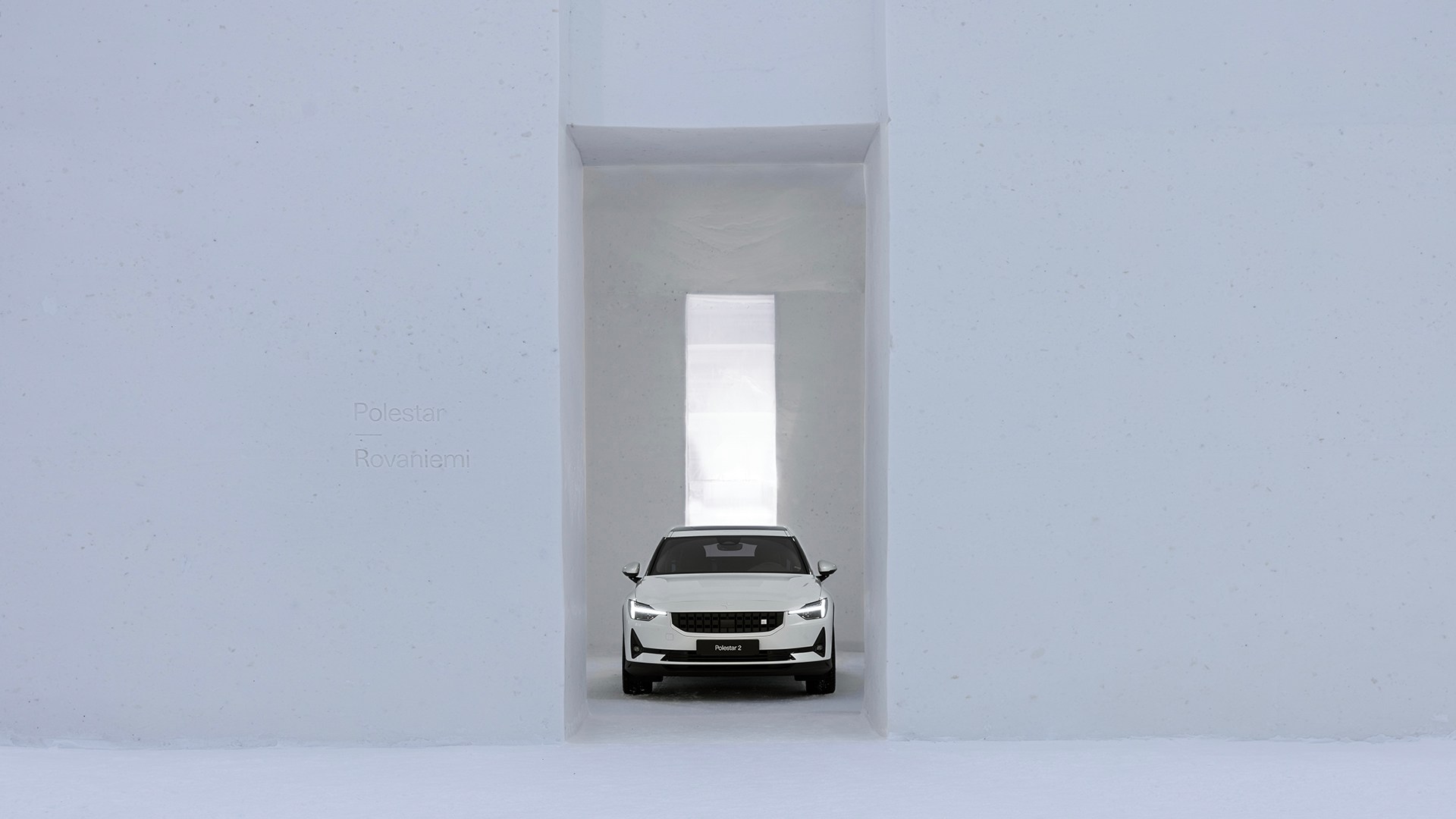
Polestar always reaches for the stars to define itself for both its four-wheel vehicles and everything it touches. Last summer, the company built the ultra-ecological Polestar KOJA treehouse. As for cars, Polestar 2 received the Winter EV of the Year 2022 title, and the company – with Joakim Rydholm, Polestar chief test engineer and a rally driver with 25 years’ experience – created the Polestar 2 ‘Arctic Circle’ rally car as a one-off showpiece.
Polestar Snow Space in Rovaniemi, Finland
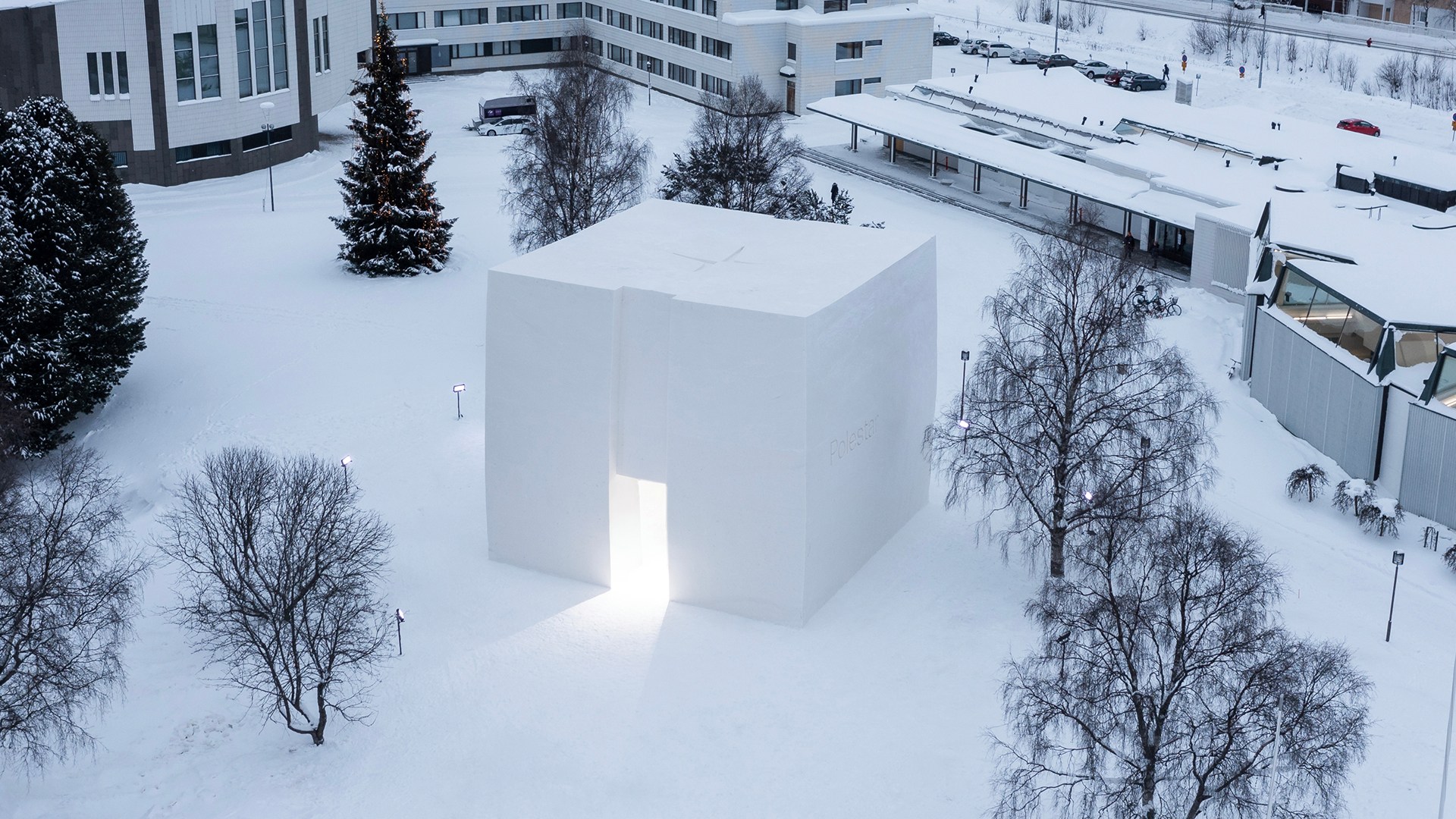
Now, the Polestar Snow Space stands amid the Aalto Center complex of buildings in Rovaniemi, just eight kilometres south of the Arctic Circle. It salutes the nearby Rovaniemi City Hall, the Rovaniemi Library and the Lappia Hall, a performing arts and conference venue, all of which were designed by the leading Finnish architect and designer Alvar Aalto, as a part of the city reconstruction plan he developed, after about 90 per cent of the buildings in the city were destroyed in 1944 during the Lapland War.
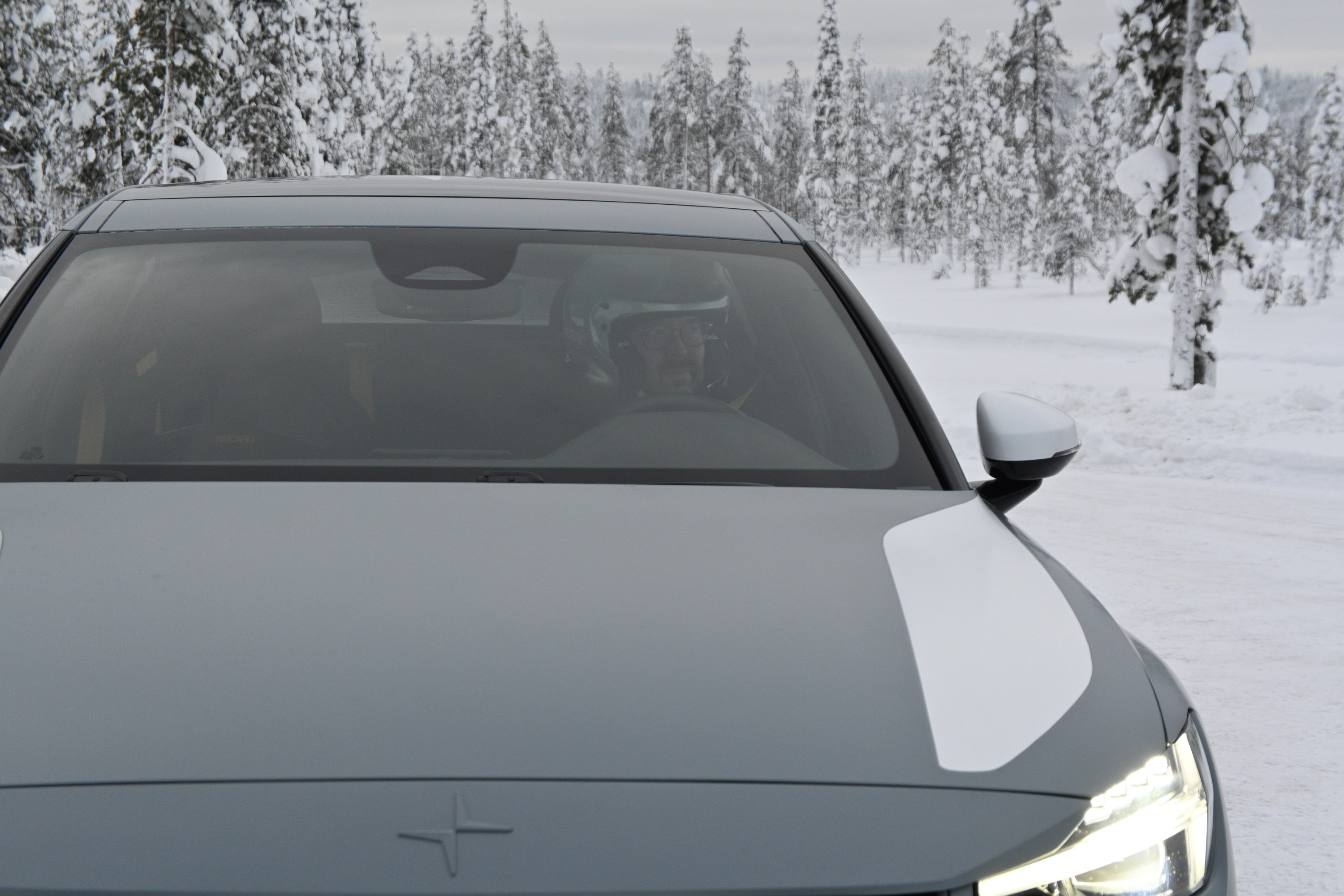
The Polestar Snow Space is like others in the brand’s series of ‘Spaces’ around the world (winners of Most Immersive Brand Home in the Wallpaper* Smart Space Awards 2022), though it is temporary – open for seven weeks, until 26 February 2023. Customers are invited to see a Polestar car, learn about component options, and test drive it on a nearby track, while the experiential showroom is operational.
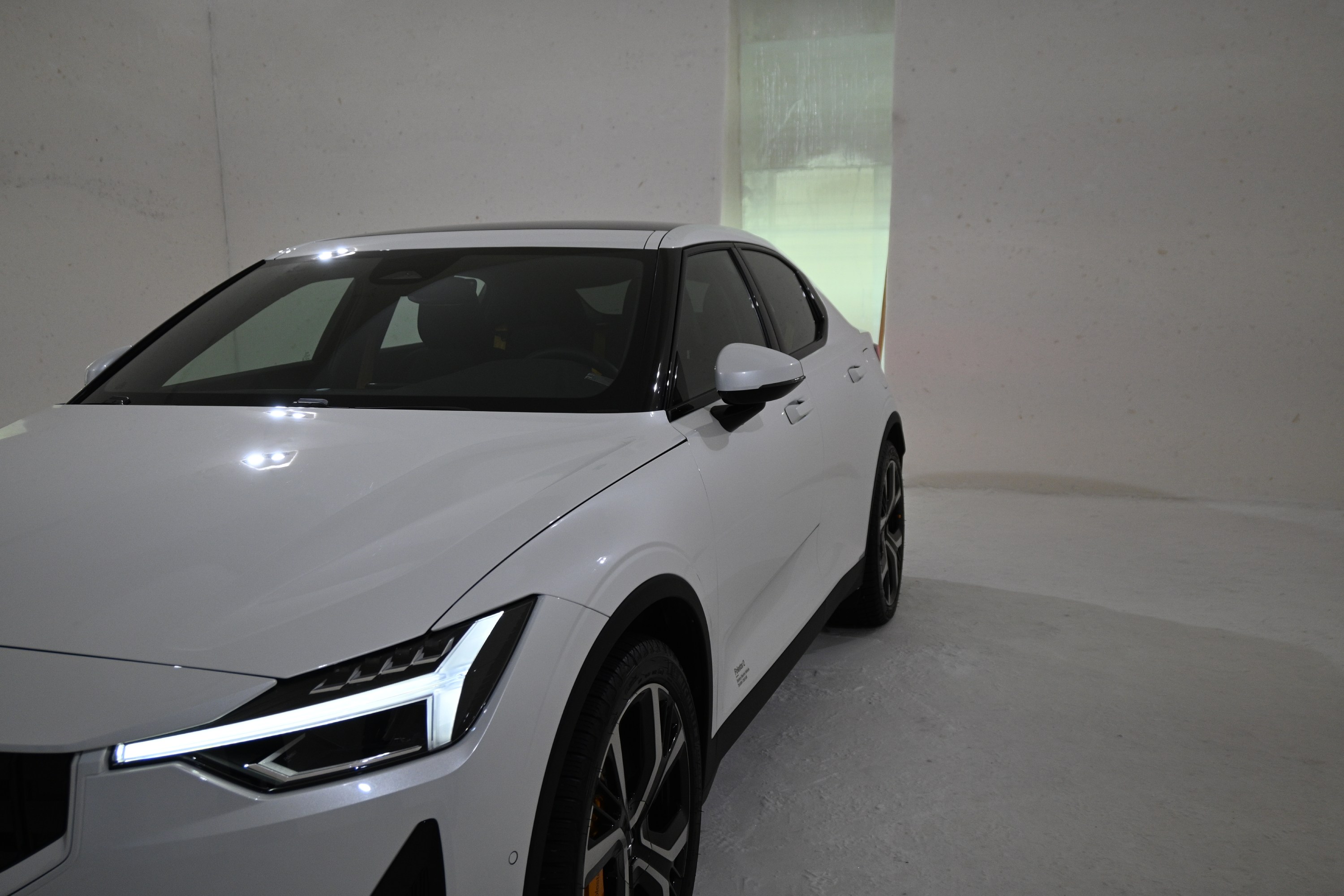
Martin Österberg, Polestar's head of marketing & PR, explains, ‘The 12m x 12m x 12m cube mirrors the company headquarters’ shape in Gothenburg, Sweden; white is part of Polestar’s colour palette; and design is minimalist in line with everything else in the Polestar universe.’ Inside, one wall is adorned with ice sculptures of a tyre, shock absorbers and brake pads crafted by hand. The Polestar symbol on the roof was hand carved with a chainsaw. On external walls, the Polestar name and another star symbol are engraved.
A showroom made of snow
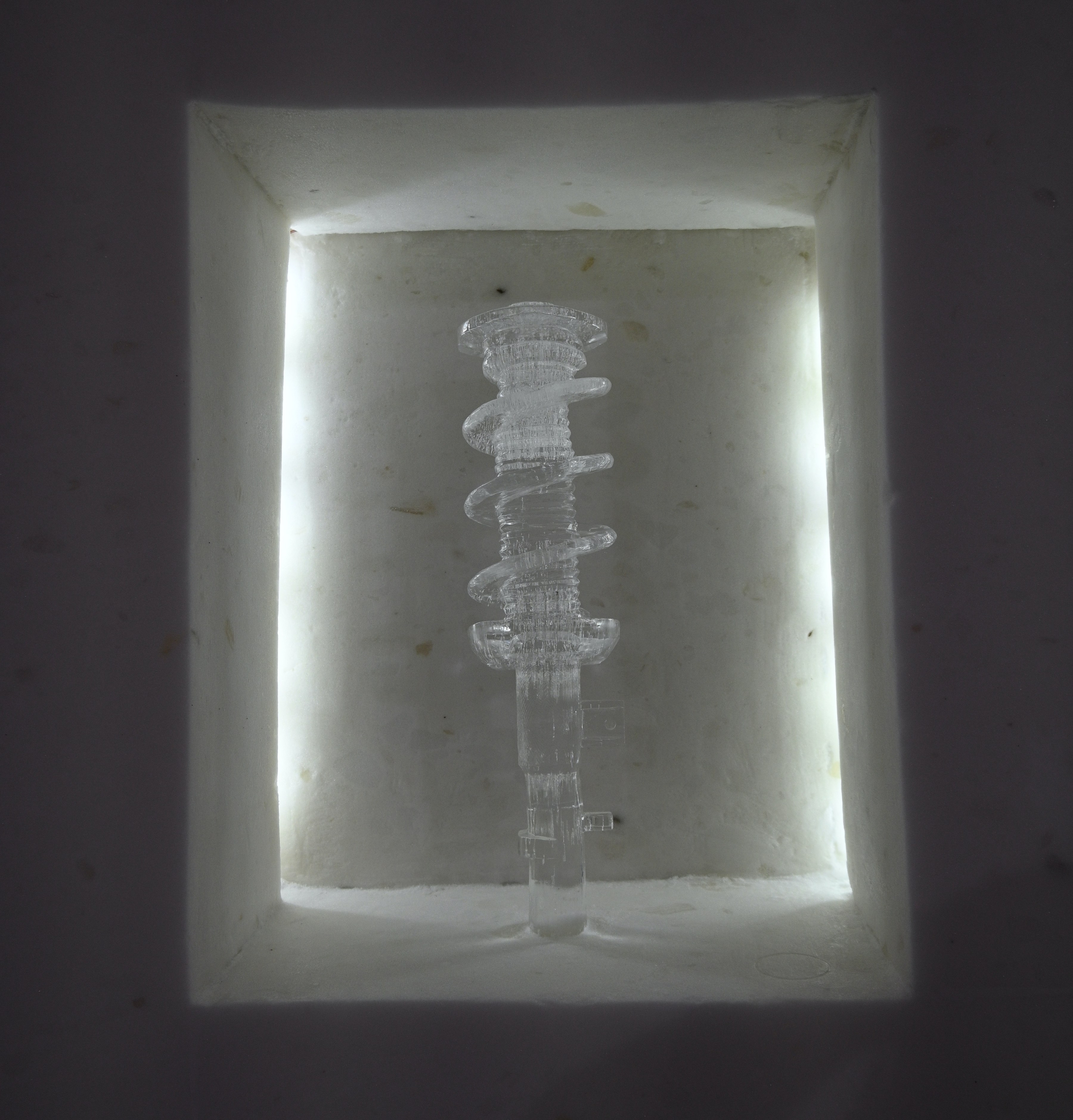
A stunning element of this massive structure is its raw material: snow. Clean, circular, local, abundant and free, snow was ideal. Harvested in the nearby Ounasvaara Ski Resort, and carried to the site in electric trucks, the snow and ice will return to Ounasvaara once the Snow Space is closed, to be repurposed as a ski slope in late autumn before enough snow falls in the area for the season.
Entering the Snow Space was, for me, a physical, emotional and spiritual experience. The all-natural snow structure with white-on-white, straight lines and lighting effects evokes a sacred realm.
Österberg, standing inside the Snow Space, said, ‘This is 3,000 cubic metres of snow. Our in-house architects drew designs, and we asked Frozen Innovations to build it.’ When/if a wall gets a dent, he added, chuckling, ‘you just grab some snow from the ground, put it where the dent is, and repair it. Snow is everywhere.’
Wallpaper* Newsletter
Receive our daily digest of inspiration, escapism and design stories from around the world direct to your inbox.
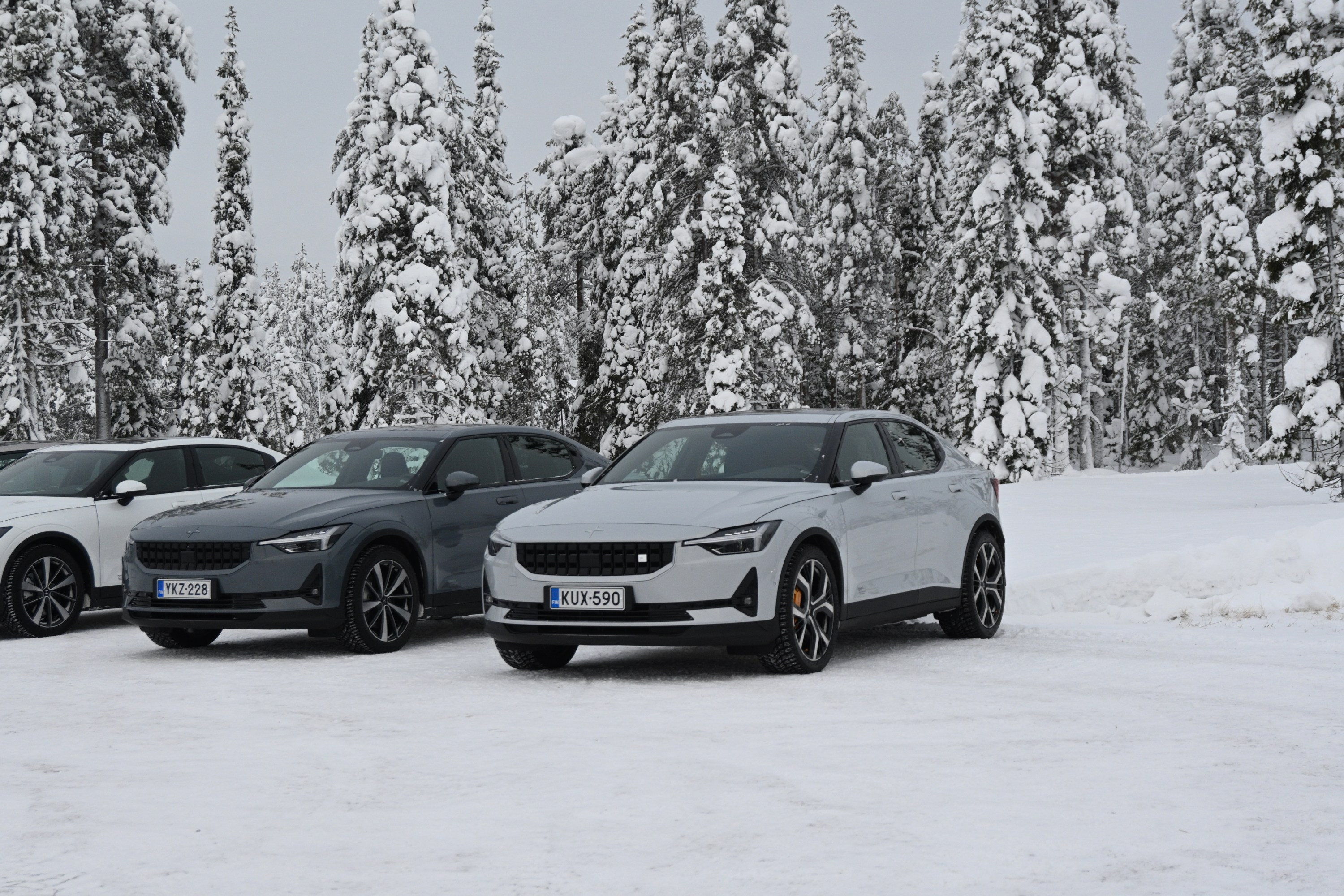
Taavi Heikkilä, chief executive officer & co-founder of Frozen Innovations, which plans, designs and executes the world’s biggest snow and ice structures, says, ‘Usually, weather conditions are our biggest challenges. For this project, the weather was with us. The sheer size and cube shape were new to us, and we had to do more work creating custom moulds than usual.’ He adds, ‘The best feeling comes from seeing people’s happy faces at an event like the opening.’
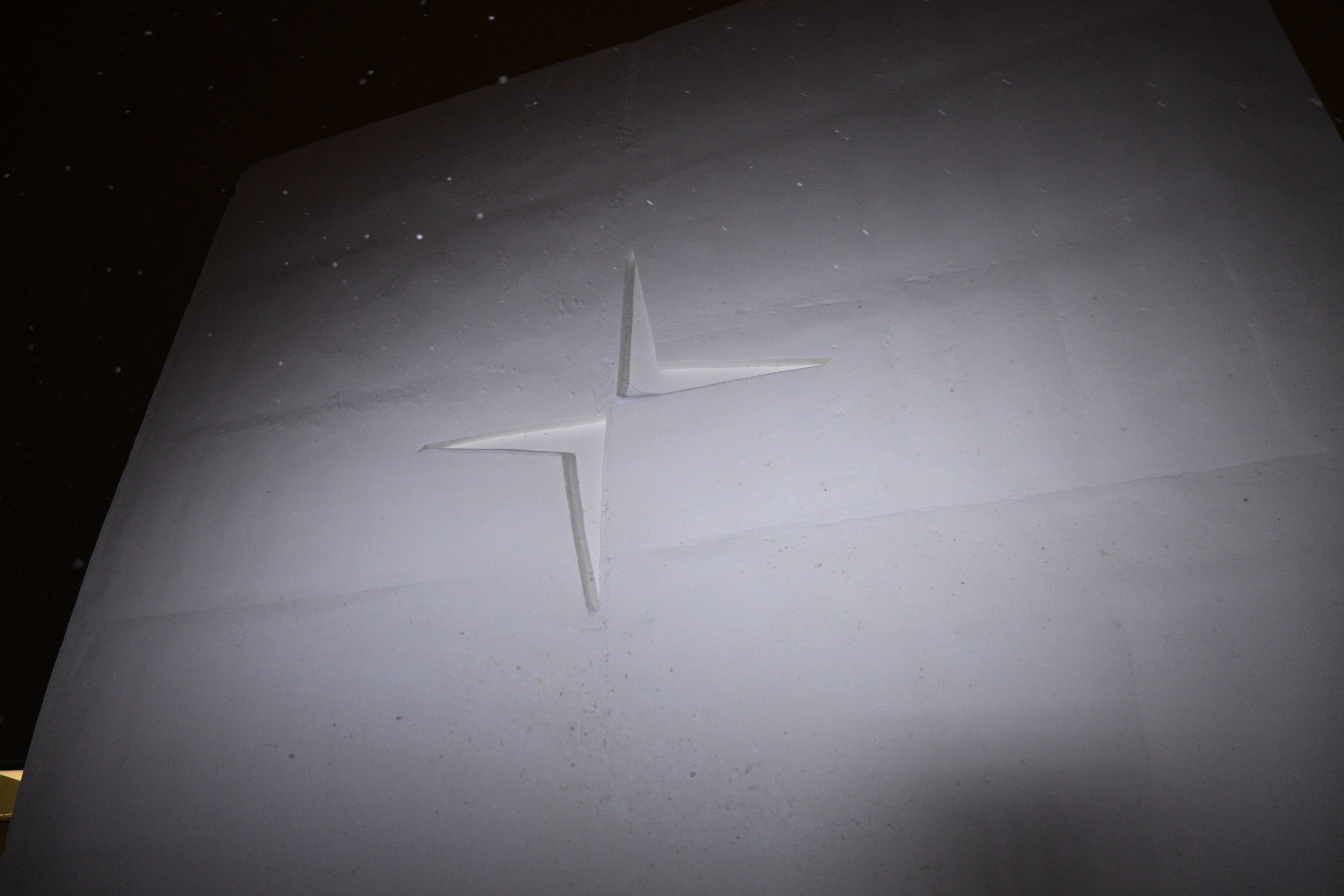
The Polestar Snow Space is a precursor to the 15th Rovaniemi Arctic Design Week, in March 2023, of which the company is a partner. ‘Polestar and the Design Week share common values. We’re proud to be a partner,’ says Johanna Laune, the brand’s PR & communications manager.
Adds Taina Torvela, design manager of Business Rovaniemi, and producer of Rovaniemi Arctic Design Week, ‘The city of Rovaniemi is the world’s Arctic Design Capital. The Design Week’s mission is to raise up sustainability and design for a better future.’
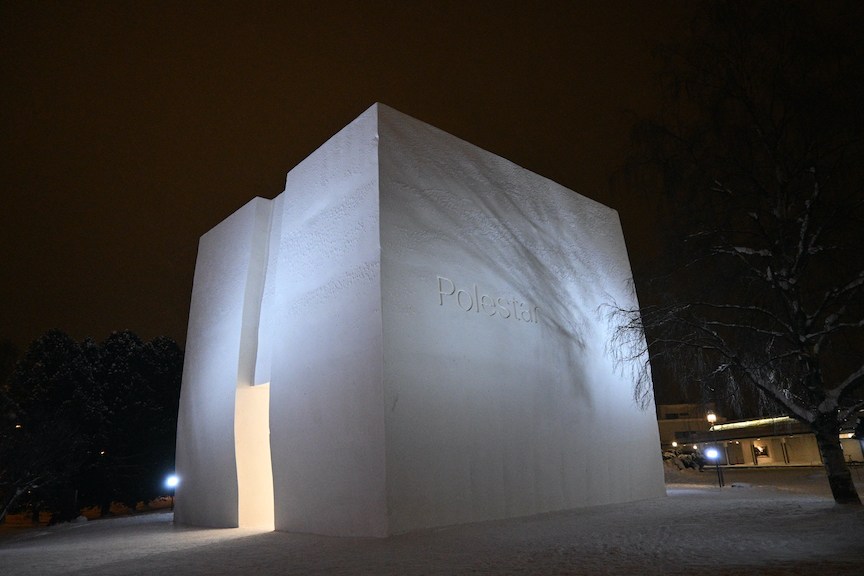
The Arctic is warming four times quicker than the Earth’s average. Responsible, sustainable, problem-solving ideas and technology, as well as wise use of scarce resources are required more than ever. The Polestar Snow Space delivers a brilliant solution in all aspects.
Given that it would melt if left standing until spring, the space symbolises the transient nature of humanity and ecology. In terms of climate change, it begs a question: how many winters will we be able to build something like this with snow? The Polestar Snow Space seems to be saying: the answer is in your hands as much as ours.
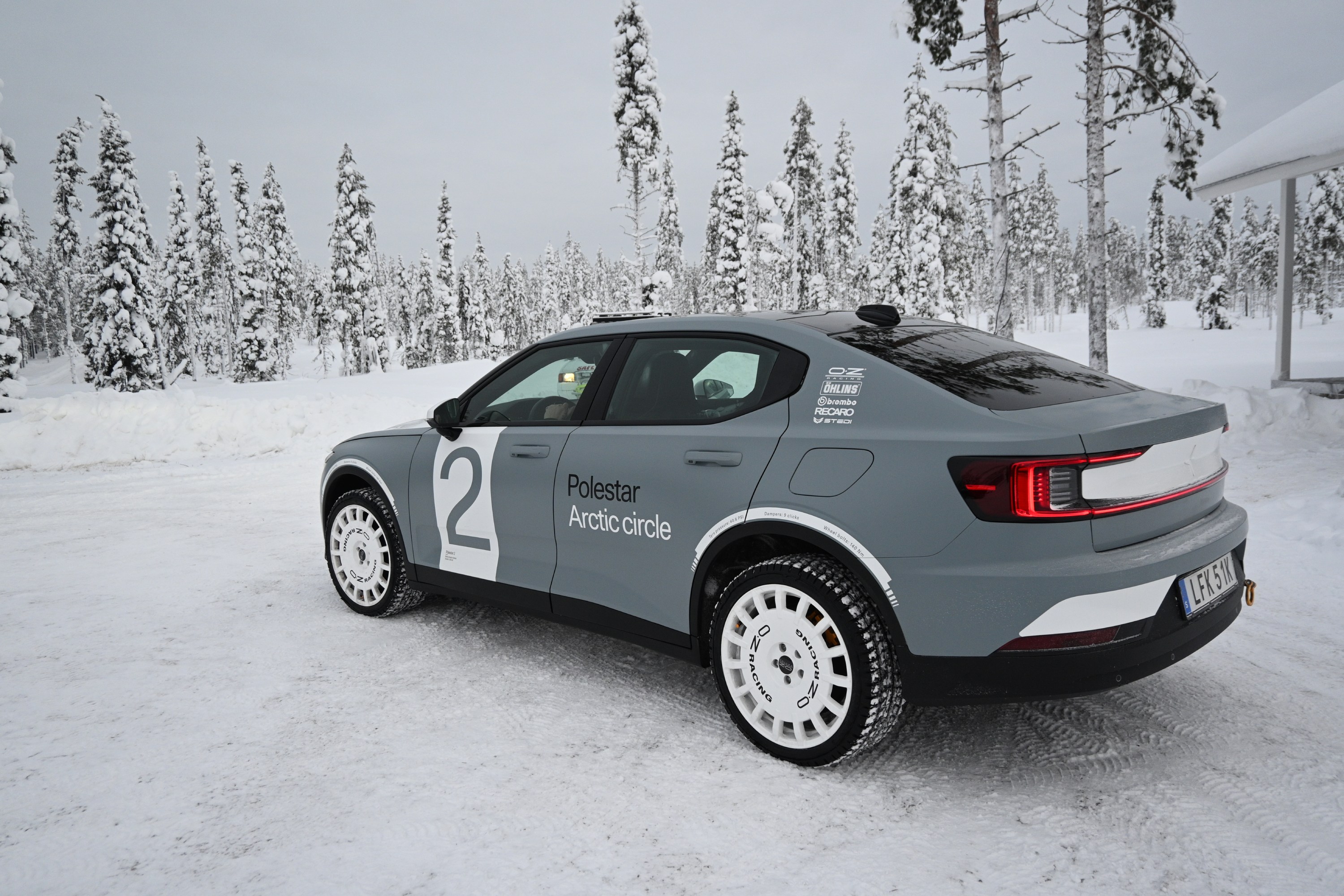
Polestar Snow Space, Aalto Center, Hallituskatu, 7 96100 Rovaniemi, Finland
10 January – 26 February 2023
Naomi Moriyama is a contributing writer for Wallpaper*. She is co-author of ‘The Sisterhood of the Enchanted Forest: Sustenance, Wisdom & Awakening in Finland's Karelia,’ which explains, through personal journeys, how connections to nature and democratic design principles have helped make Finland the world’s happiest nation. She also co-authored three books on the health benefits of traditional Japanese foods. Naomi is a Tokyo-born New Yorker who spends much time in Helsinki.
-
 Marylebone restaurant Nina turns up the volume on Italian dining
Marylebone restaurant Nina turns up the volume on Italian diningAt Nina, don’t expect a view of the Amalfi Coast. Do expect pasta, leopard print and industrial chic
By Sofia de la Cruz
-
 Tour the wonderful homes of ‘Casa Mexicana’, an ode to residential architecture in Mexico
Tour the wonderful homes of ‘Casa Mexicana’, an ode to residential architecture in Mexico‘Casa Mexicana’ is a new book celebrating the country’s residential architecture, highlighting its influence across the world
By Ellie Stathaki
-
 Jonathan Anderson is heading to Dior Men
Jonathan Anderson is heading to Dior MenAfter months of speculation, it has been confirmed this morning that Jonathan Anderson, who left Loewe earlier this year, is the successor to Kim Jones at Dior Men
By Jack Moss
-
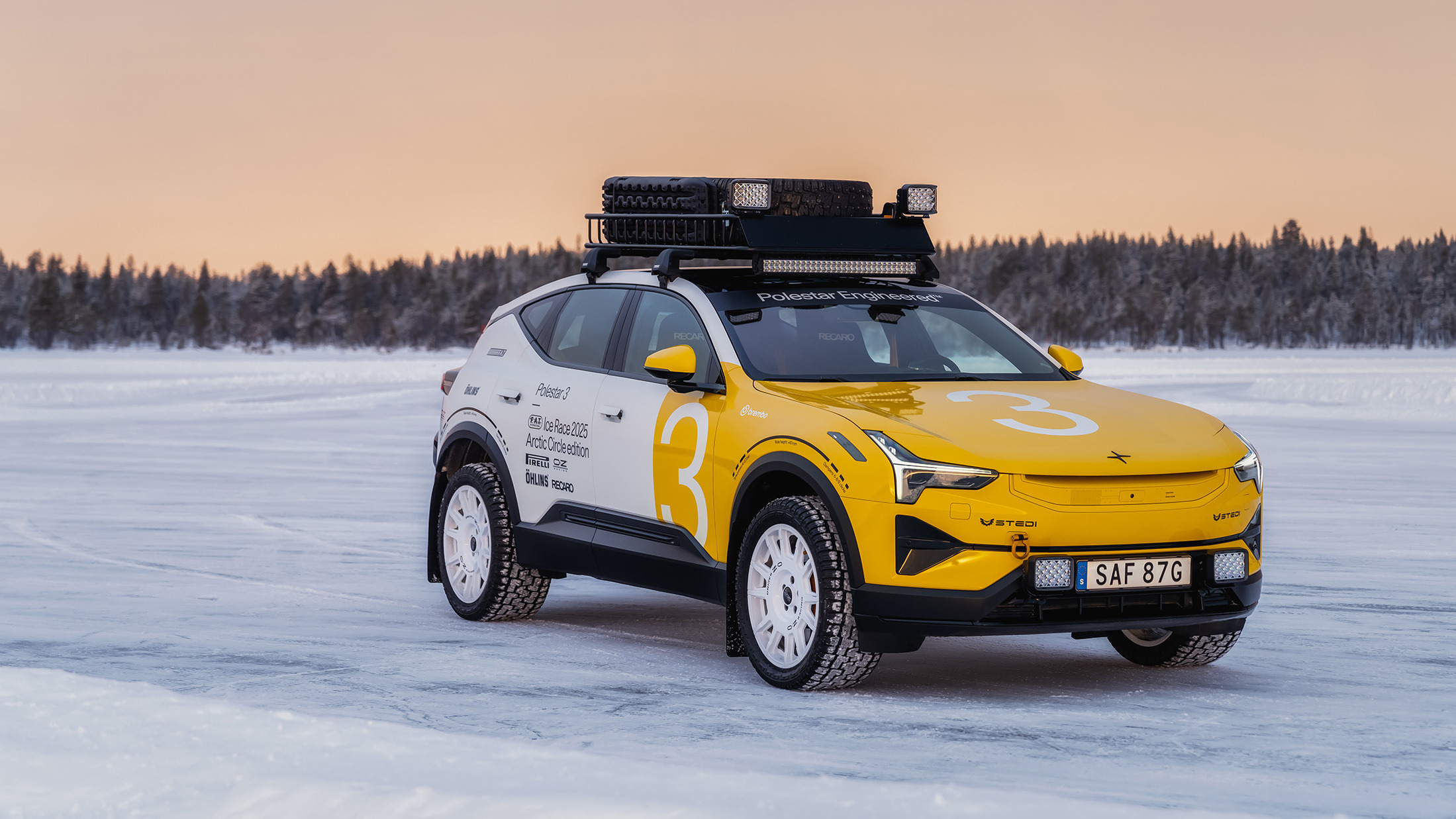 Polestar’s performance DNA is pushed to the fore by the new Arctic Circle collection
Polestar’s performance DNA is pushed to the fore by the new Arctic Circle collectionDesigned for scything across snowy race circuits, the three modified models that make up the Polestar Arctic Circle collection show the company’s sporting abilities to the full
By Jonathan Bell
-
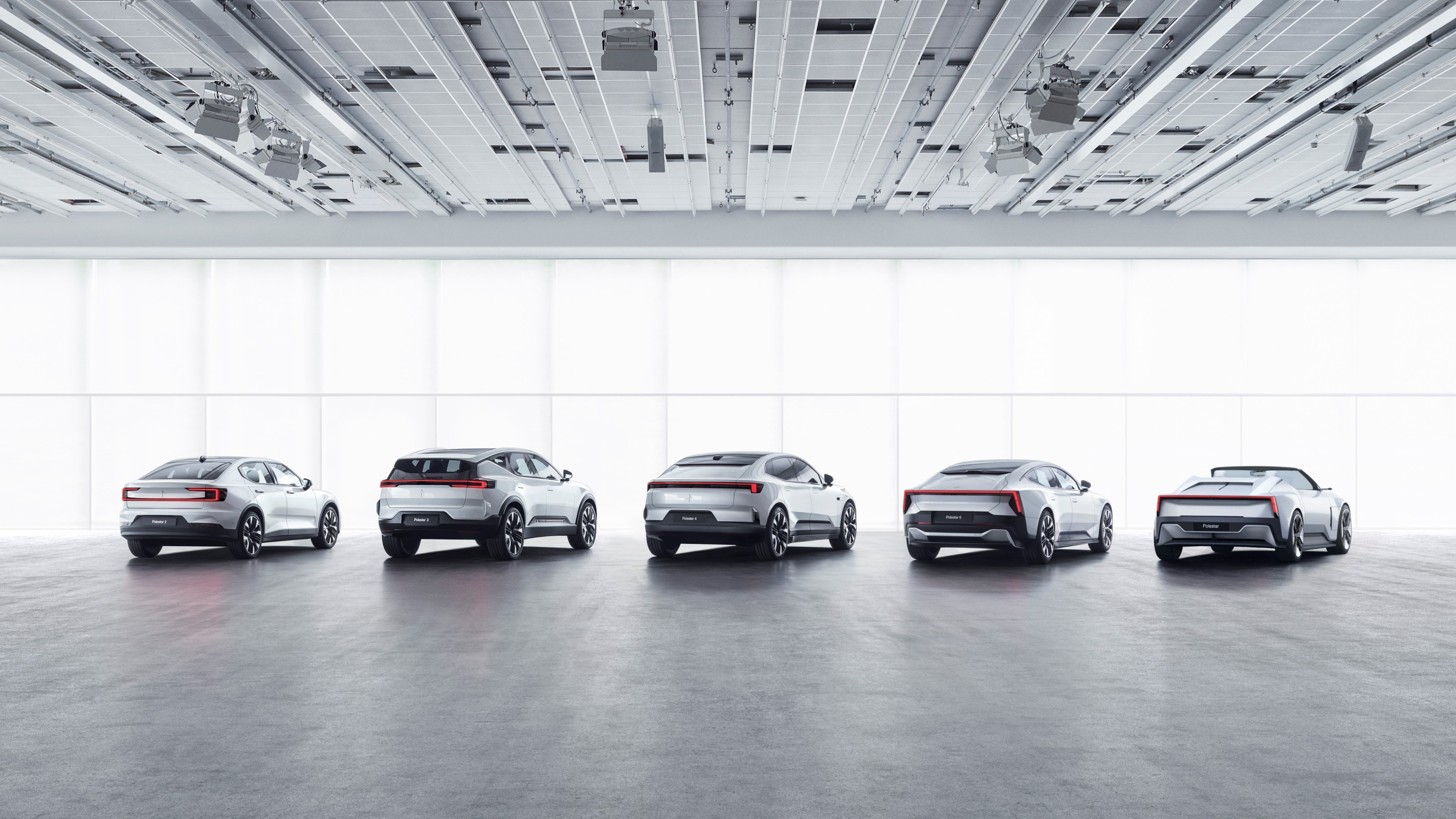 From Polestar 1 to Polestar 6, a definitive guide to the acclaimed EV brand's cars and concepts
From Polestar 1 to Polestar 6, a definitive guide to the acclaimed EV brand's cars and conceptsNow that the new Polestar 3 and 4 are on the road, we take stock of Polestar’s progress and chronicle its evolution, cataloguing all the EV car company’s models and concepts to date
By Jonathan Bell
-
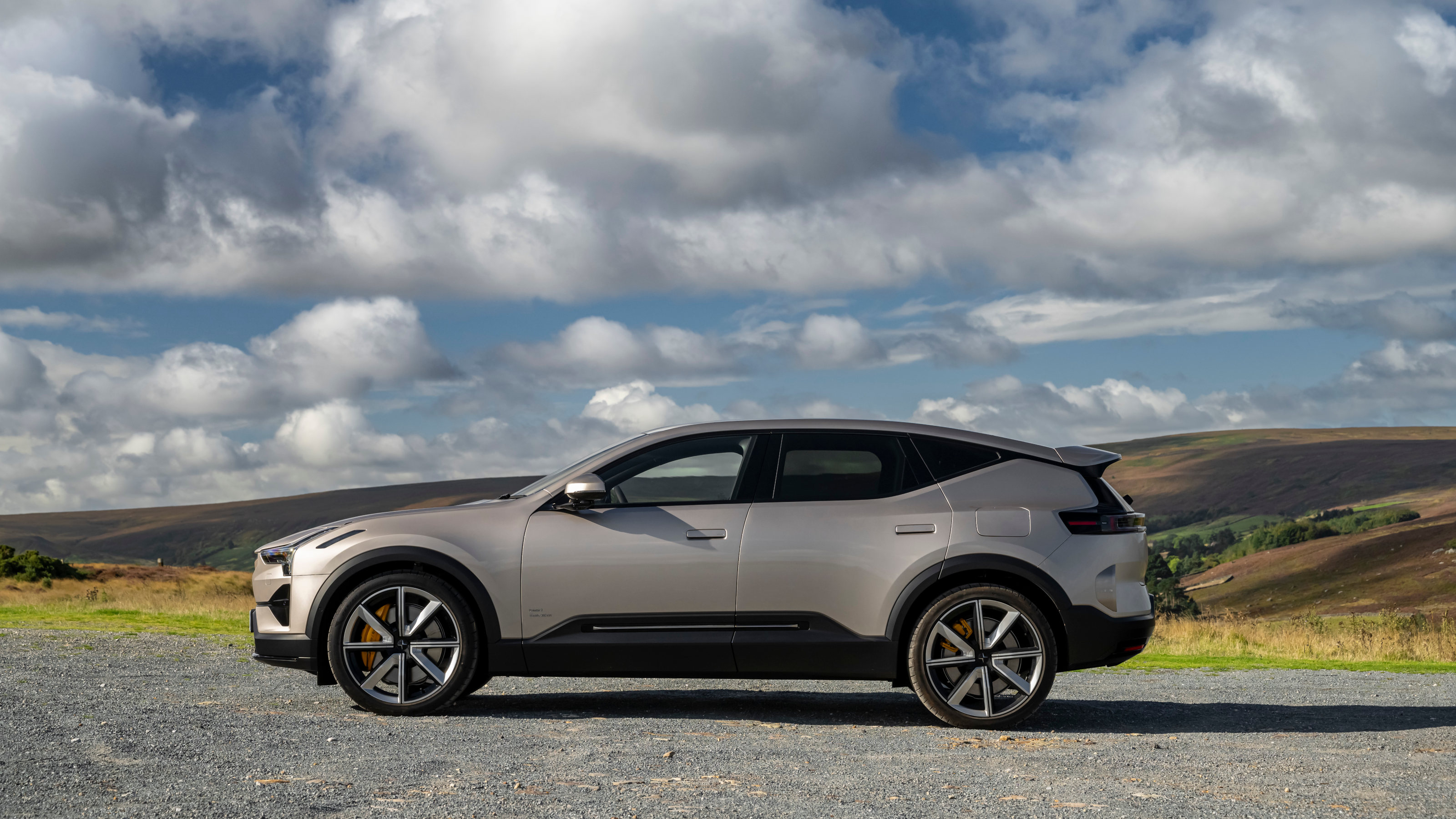 Polestar finally breaks out of its single-model line-up with the Polestar 3 performance SUV
Polestar finally breaks out of its single-model line-up with the Polestar 3 performance SUVLaunched alongside the Polestar 4, the new Polestar 3 is an all-electric SUV that embodies the very best of the Swedish EV brand's approach to design and performance
By Jonathan Bell
-
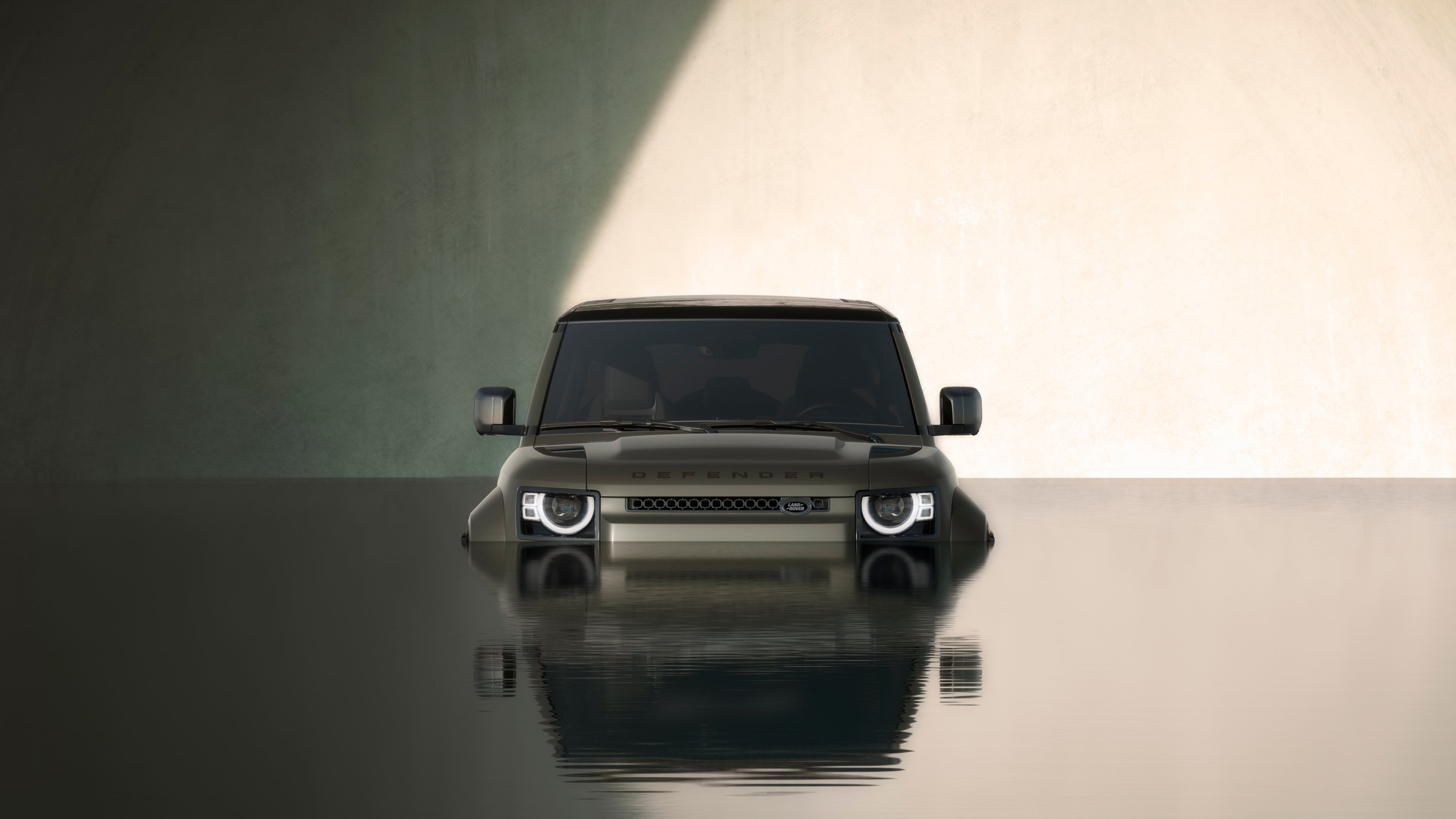 The 2024 Goodwood Festival of Speed hosted a wealth of auto innovation, from hypercars to hot hatches
The 2024 Goodwood Festival of Speed hosted a wealth of auto innovation, from hypercars to hot hatchesThe best new SUVs, EVs, hatchbacks and supercars to emerge from the 2024 Goodwood Festival of Speed
By Jonathan Bell
-
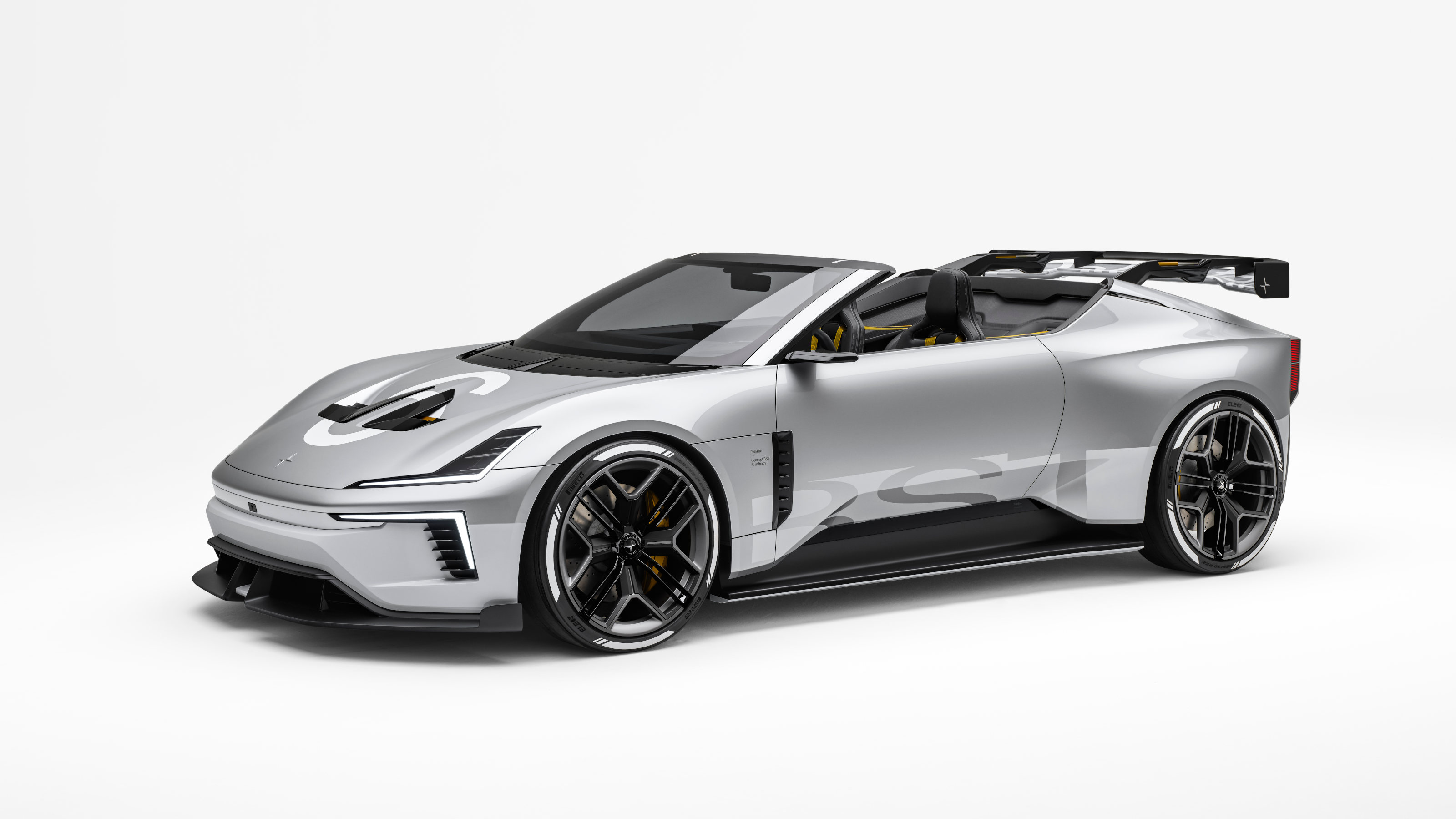 Polestar springs a surprise on the Goodwood crowds, the new Concept BST
Polestar springs a surprise on the Goodwood crowds, the new Concept BSTThe Polestar Concept BST imagines a high-performance variant of the EV maker’s upcoming droptop flagship model
By Jonathan Bell
-
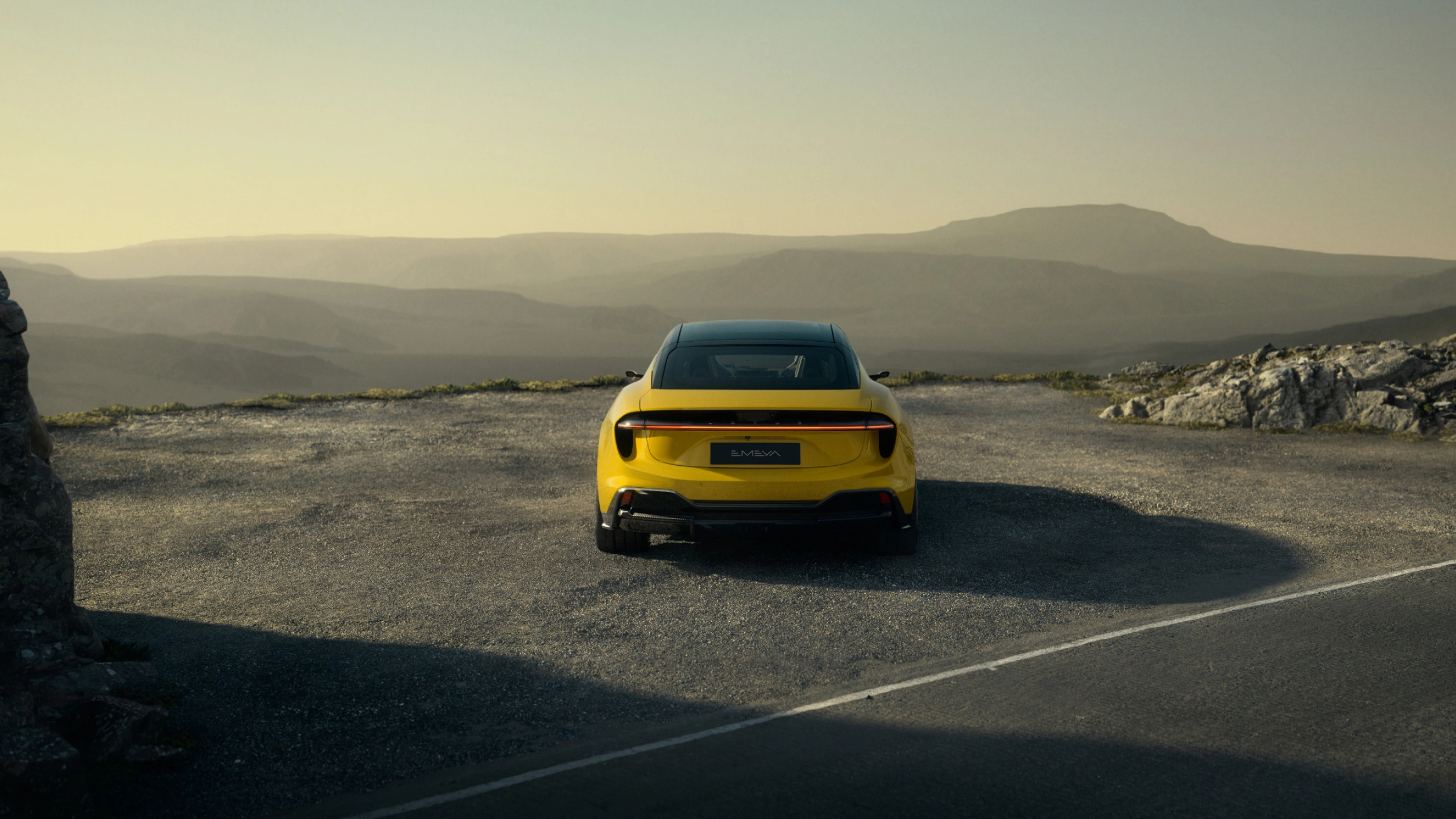 24 transportation design innovations for 2024
24 transportation design innovations for 2024From electric cars to new airports and sports boats, here’s a non-exhaustive list of 24 of the most interesting transportation design innovations to expect in the coming year
By Jonathan Bell
-
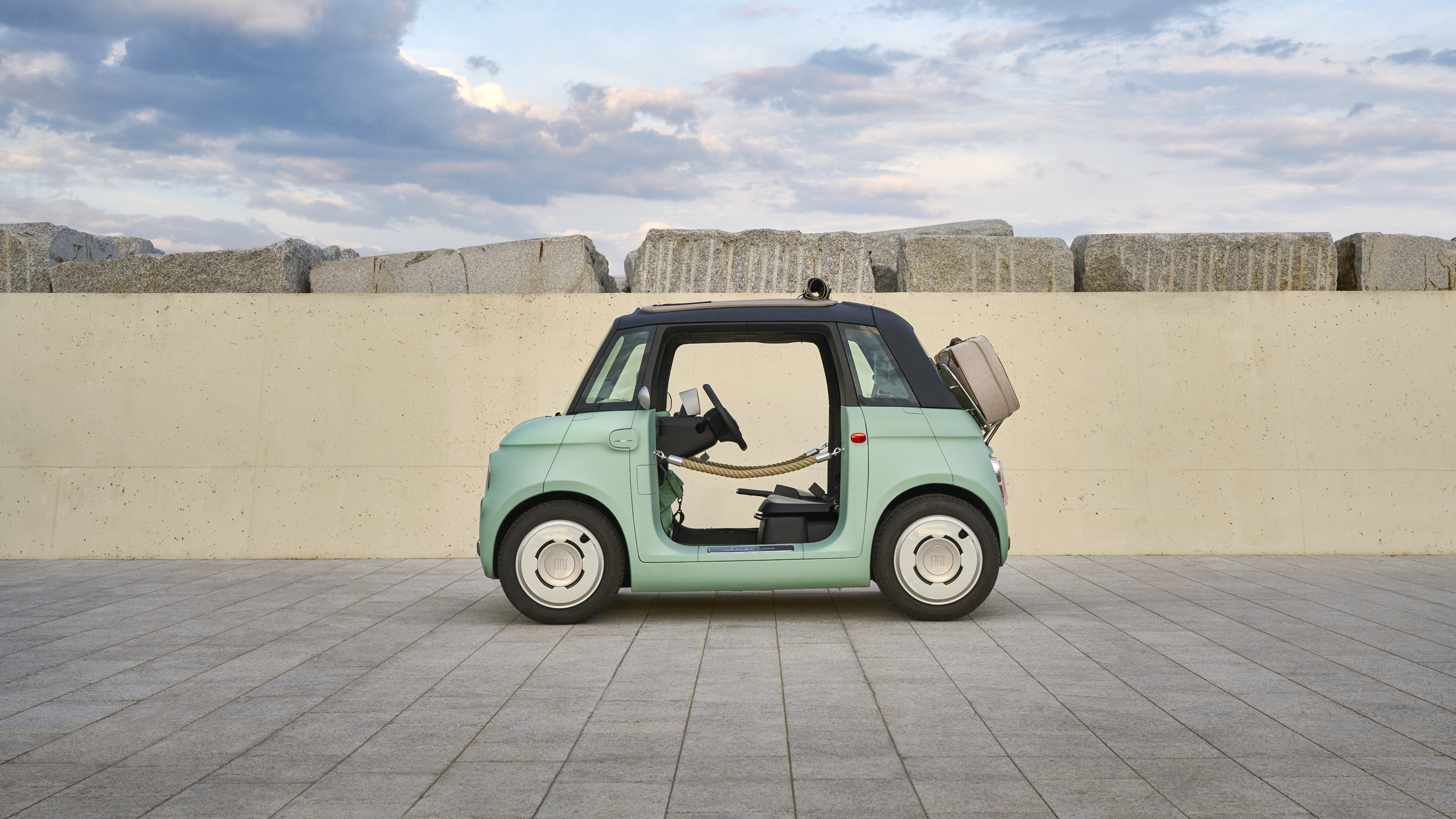 Year in review: top 10 transport design stories of 2023, selected by Wallpaper’s Jonathan Bell
Year in review: top 10 transport design stories of 2023, selected by Wallpaper’s Jonathan BellJonathan Bell’s top 10 transport design stories of 2023 span from electric campers and microcars to flying yachts and classic car recreations
By Jonathan Bell
-
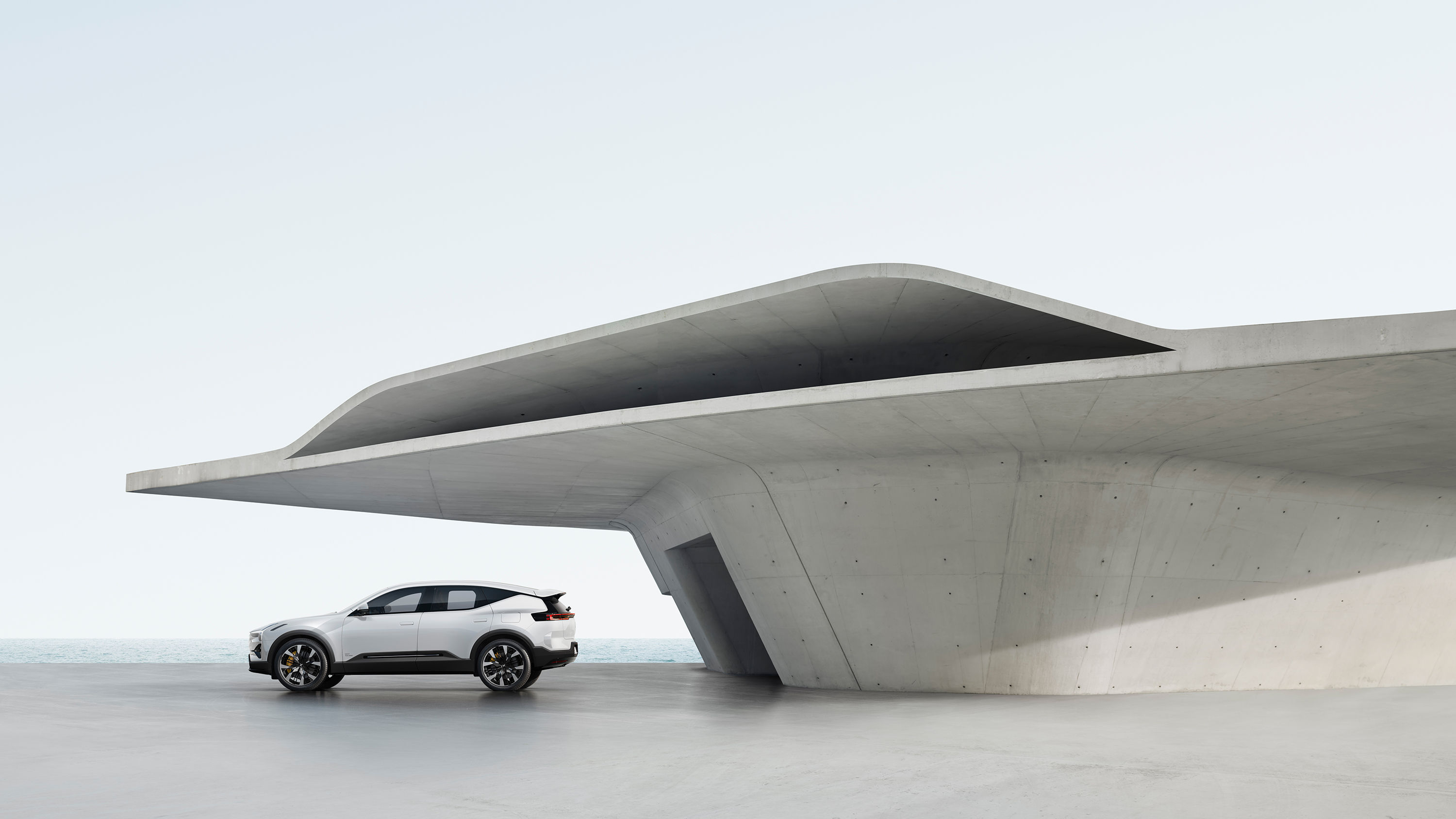 Polestar 3 launches with a campaign shaped by Benedict Redgrove and INK
Polestar 3 launches with a campaign shaped by Benedict Redgrove and INKHyperreal photographic renderings splice the upcoming Polestar 3 electric SUV into a dramatic modern landscape, using designs by Zaha Hadid Architects
By Jonathan Bell